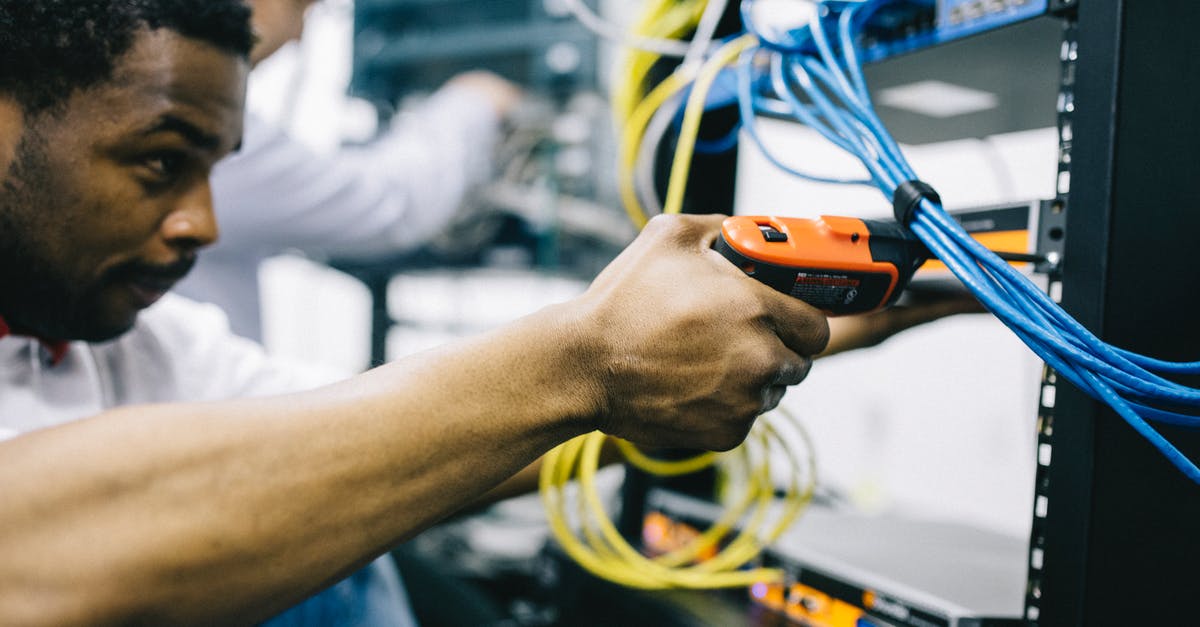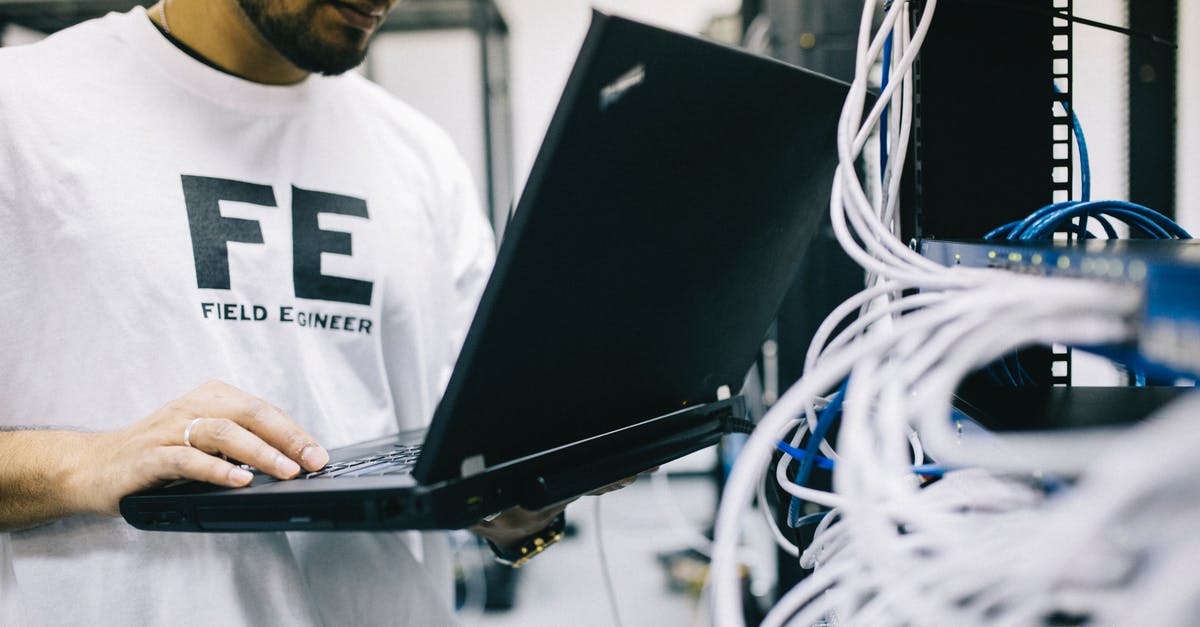What pots work the best on electric ranges to sautee, fry and simmer?

I end up burning my food because I can't get the right temperature in the pan to fry, sautee or simmer vegetables, rice etc. The rice either burns on the bottom or doesn't cook. My oil turns brown very quickly which ends up turning my veggies black.
Best Answer
While a cook will tell you that good pans are always better, I think that they will not solve your problem. If anything, better pans conduct heat better, so if you keep cooking at the same temperatures as now, you'll burn more food. A good temperature control with bad pans is useful, good pans with bad temperature control don't bring much.
The correct solution sequence is listed below. You can stop at any point, as long as it has solved your problem. But getting later points done before the earlier ones is unlikely to do you much good (although in the case of new stove, it is understandable if you skip the point because of the expense).
- Whenever in doubt, use a lower heat setting. It is almost always better (and the result tastes better too). There are very few cases where this principle doesn't work (deep frying, not enough browning on the outside) and in most of them, you can correct if you raise the temperature in the end, after the food is cooked through (exception: deep frying). It is almost impossible that your stove cannot cook rice through; I have seen recipes for "cooking" rice at room temperature (it gets soft after a day or two in water). It takes lots of time to cook rice, about 20-30 minutes after the water has started to simmer. You are probably turning the heat up earlier, resulting in the burnt rice.
- Learn the correct cooking temperatures for different kinds of food and food preparation methods. There are books for that. The classic one is McGee on food and cooking, but many others contain this information. Having such a book is much more important for cooking than any recipe book.
- Utilize a method to recognize the current temperature of your food/cooking vessel. Easiest way with best results: get a thermometer (three is better - infrared for pans, flexible-connected feeler for roasts, candy thermometer for everything else. But start with infrared, you can point it at cooking liquids too). The so-so way: learn the common tricks and use them. Water is easy, you can see how much it is boiling. Oil is more problematic, but the water droplet should work for meat and the white bread for deep frying. I don't know of a good collection of all "recognize temperature" tricks, you'll need to hunt them here and there. Least helpful solution: learn from experience, developing a feeling for how long it takes a certain amount of food in a certain pot on a certain setting. Takes lots of trial-and-error, and lots of burnt food. Once you have to cook outside of your "comfortable area", you have a big chance to get it wrong.
- Upgrade your stove. I know, this costs a lot. But based on your description of the rice situation, your stove could be one of those which gets 85°C at setting 3 and 220°C at setting 4. These are a real pain in the neck when cooking, and in this case, even a €50 portable induction single-hob is a real improvement. If your budget and space allows it, it is highly recommended to consider it before upgrading the pans.
- Finally, upgrade your pots and pans. I guess that your problems with the burnt food will have gone by now if you have done the other points, but if you can afford it and cooking is a hobby for you, it gets much more pleasant with better tools. You get the best value for the money from iron, and good quality nonstick (with the mineral mix, or ceramic all the way, over a thick bottom) is almost indispensable for some applications (e.g. aerated omelettes). But if you really want to know what makes a great pot/pan, here is a really great article on the topic. It is highly recommended read for anyone who is serious about cookware. It should answer the question in the title too. While the author doesn't specify resistive heat, what he writes is suited for everything except induction (actually, the facts he describes are useful for induction too, but you have to make your own conclusions because of the different heating method - for example, tin-clad copper is one of the best things for outer heat, but definitely a bad solution on induction).
Pictures about "What pots work the best on electric ranges to sautee, fry and simmer?"



What pots can I use on electric stove?
Electric Range - Cookware Used on a Radiant Smooth Glass Cooktop- Stainless Steel is highly recommended. ...
- Heavy-Weight Aluminum cookware is also recommended. ...
- Copper Bottom pans are also good, but they can leave a residue on the cooktop that appear as scratches.
What type of cookware should be used on a glass cooktop?
The right kind of cookware for a glass stovetop is made from a material that won't scratch the surface and offers a wide, flat bottom for a greater cooking area. Stainless steel is the best material for glass top stoves, as it has enough weight to remain stable, yet won't scratch the surface.How do you saute on an electric stove?
How to Saut\xe9Can you use regular pots on electric stove?
Yeah sure, you can use induction cookware on an electric stove. Electric stoves work by heating the surface of the cooktop which then transfers the heat to the cookware. This means any type of cookware that can work on gas can work on an electric stove (including most that work on induction hobs).Top 5 Best Electric Ranges Review 2022
More answers regarding what pots work the best on electric ranges to sautee, fry and simmer?
Answer 2
I think it may be a case of altering your cooking methods rather than finding a perfect pan (although we all wish we could do that). What sort of pans do you use? It sounds like you may be cooking your food on too high a heat. I'd suggest generally lowering the heat and ensure you stir your food regularly (unless your recipes suggest not stirring). Further to that it may be using non-stick pans and pans with a thicker bottom.
Answer 3
With most things I would guess you just need to turn it down and be more patient. A heavier pot will heat up slower, but if the hob is too hot food will still burn. If your cooker only does off or too hot it's broken and new pots won't fix it.
About the rice, do you have the lid on the pot? Rice should steam rather than boil. Best method for rice I've found:
- Choose the heaviest bottomed pan you have in the right size (raw rice will fill the bottom an inch to 20% of the pan height deep)
- Add salt/seasoning if used
- Cover with boiling water with about a 1/2 inch to an inch over
- Put a properly fitting lid straight on the pot
- Bring to the boil then turn right down until just bubbling (you might see little holes in the rice where the water bubbles)
- Leave until nearly cooked other than checking the bottom doesn't dry out before it's cooked (if it does add a bit more water)
- When it's just al dente, but basically done, drain any water if there is any and fluff up with a fork
- Put back on the lowest possible heat to dry out a little
- Serve
Answer 4
In my limited experience with electric stoves and ovens, they heat the pan much faster than their gas cousins, because the heat is transmitted via conduction (metal on metal) instead of convection (flame heats pot). A pot or pan with a much thicker bottom will probably help since it won’t get as hot as fast, but I'd also try turning down the heat significantly because in the words of Emeril Lagasse, "there are more than two settings for the stove!"
Answer 5
Well, I've incorporated all of your tips as I cooked 3 pounds of chicken cutlets tonight, in 2 separate pans... One with a non-stick dark pan and one with the stainless steel (both fairly moderate in price). I have to say the nonstick was much better. I had to continuosly monitor the heat in both pans the oil burned in the stainless steel with the same temperature as the nonstick. Good news is I think its a matter of learning to cook on the electric stove.
I will continue to incorporate the tips and monitor the temperature in the foods.
The rice came out perfect, again monitoring the heat and stirring constantly.
Sources: Stack Exchange - This article follows the attribution requirements of Stack Exchange and is licensed under CC BY-SA 3.0.
Images: Field Engineer, Field Engineer, Luciann Photography, cottonbro
